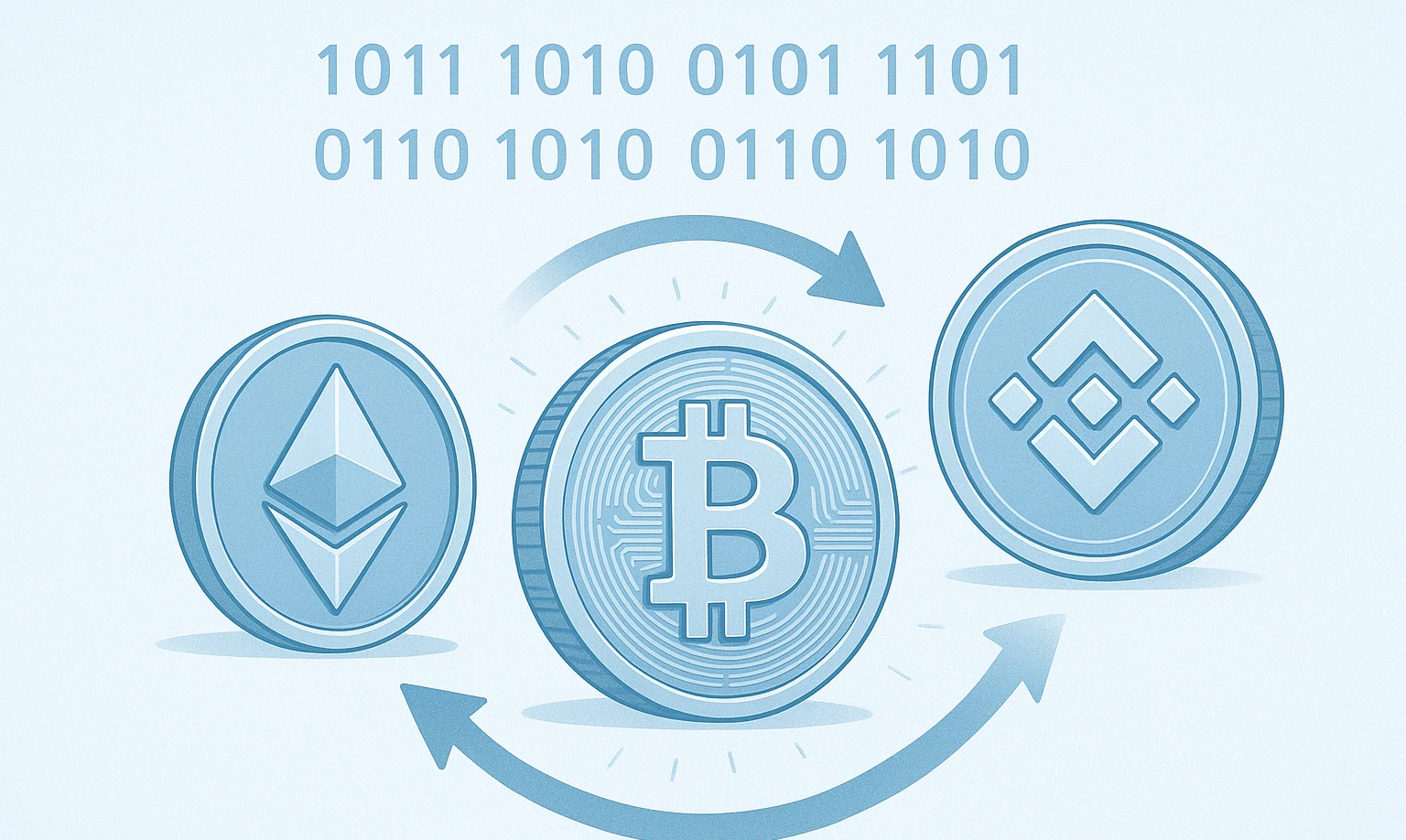💡 Intro
Europe is a high-value but highly fragmented region for crypto exchanges. If you’re running an exchange outside the EU — in LATAM, Asia, or Africa — you’ve likely looked into expanding there.
But then you hit it:
❌ SEPA integrations
❌ Local fiat KYC
❌ Compliance
❌ Banking friction
The traditional route is long and expensive. But there’s a faster path: connecting to a regulated fiat–crypto API that already bridges local European infrastructure.
🚧 The Real Barriers Exchanges Face Expanding Into Europe
- No direct access to European bank rails (SEPA, IBAN)
- Need for local KYC compliance without building it yourself
- Inability to settle in local fiat or euros
- Regulators watching everything post-MiCA
For exchanges that want to be agile and cross-border, these are deal-breakers.
🔄 A New Model: Stablecoin-Powered On-Ramp & Payout APIs
Instead of building a local entity in 5 countries, you can:
- Use a single API to convert euros → USDT
- Send USDT to VirtuaBroker
- We convert and pay out locally via our network of licensed partners
- You stay focused on UX, not regulation
This is the same model fintechs, platforms, and emerging market exchanges use to operate across borders without rebuilding rails.
🌍 Why Exchanges Choose This Path Over Local Banking
| Traditional Expansion | Using a Payout API |
|---|---|
| Open local EU entity | Use one global partner |
| Integrate multiple banking APIs | One stablecoin settlement |
| Complex KYC setup | Built-in KYC & payout logic |
| €€€ legal & dev cost | Fast rollout, no capex |
📦 What a Real Integration Looks Like
- Your exchange collects euros (or any fiat)
- Converts to USDT or USDC
- Sends funds to a smart contract or deposit address
- VirtuaBroker handles conversion and local payout
- Beneficiary receives local fiat in 2–10 minutes in their bank or mobile money
→ Works both for user payouts and internal treasury flows
🧪 Use Case: LATAM Exchange Expands to Spain
A Brazilian crypto platform wanted to let users in Spain buy crypto using euros, and withdraw in local bank accounts.
Instead of opening a Spanish entity and integrating SEPA, they used VirtuaBroker’s API.
Today, users in Madrid can deposit EUR, receive USDT, and withdraw back in fiat — without ever knowing how the rails work behind the scenes.
✅ Final Thoughts
If you’re running an exchange and looking at Europe, don’t waste 6 months negotiating banking or building duplicate infrastructure.
You can scale faster — and stay compliant — by using a payout API that already speaks the language of local regulators, stablecoins, and banking partners.


